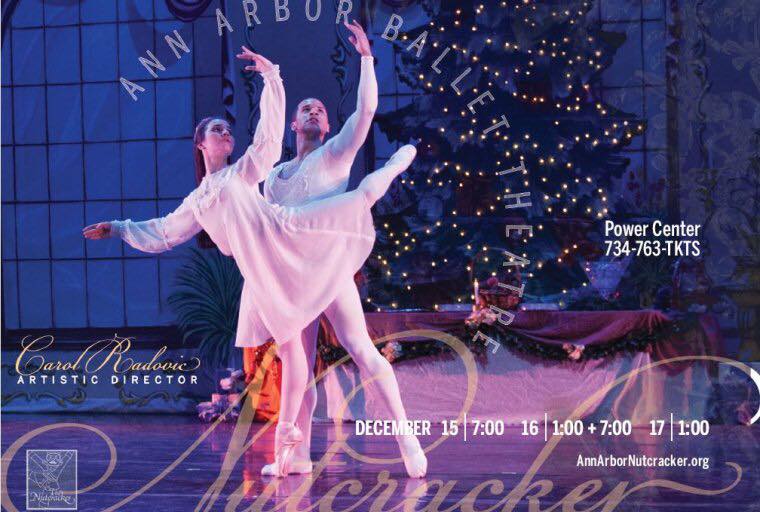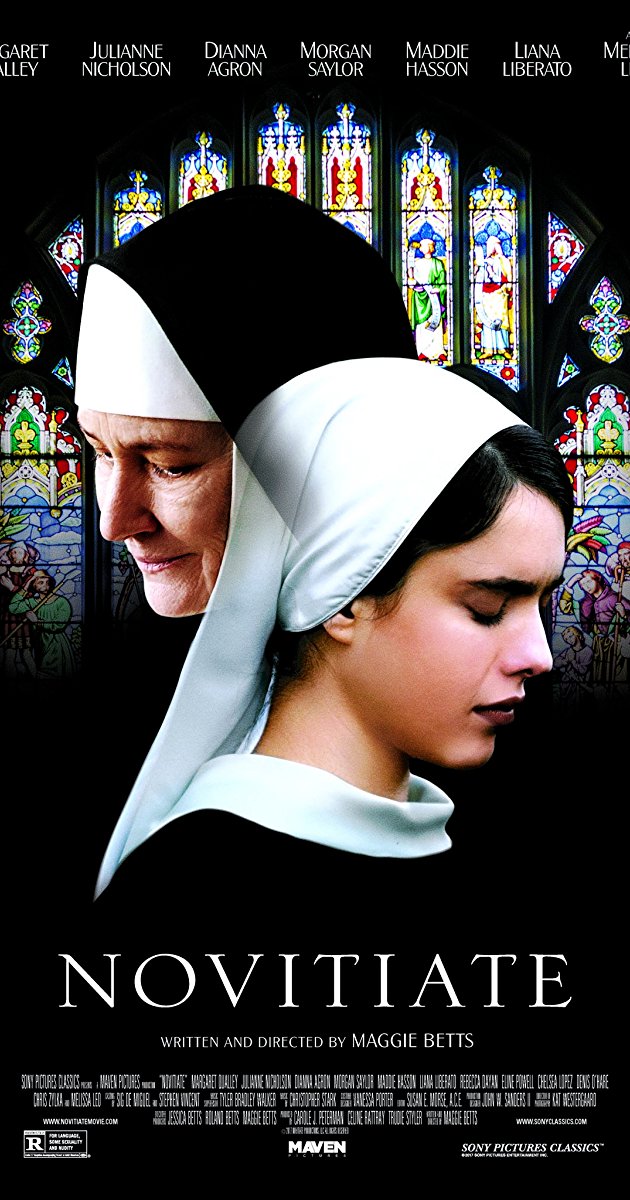Objectively, Pitch Perfect 3 was not a good movie. Several plot choices were odd and unnecessary (especially for the best musical comedy trilogy since High School Musical; no need to deviate from the formula that worked). The character development was uneven, especially when it came to Emily.
But a movie doesn’t have to be good to be entertaining. Pitch Perfect 3, despite its cringe-worthy moments, was a ton of fun. It’s a movie I wouldn’t watch again, but at the same time I’m glad I saw it.
What Pitch Perfect 3 did best was the way it seemed to not take itself too seriously. At times the writers almost seemed to be making fun of themselves. One of the best parts of the movie was the running joke regarding Jessica and Ashley, two members of the Bellas who were introduced in the first movie but seemed to disappear. Jessica and Ashley’s amazement at Fat Amy’s acknowledgement of them is the writers poking fun of themselves for essentially forgetting their characters, and as a comedic device it completely works.
It wouldn’t be a Pitch Perfect movie without a riff-off, and this one follows the trend. The riff-off is altogether unrealistic and doesn’t do a lot to advance the plot of the movie, but then, the same was true of the riff-offs in the other movies and I loved them anyway. The riff-off is a pure joy to watch, and this time it comes with a new twist that throws a wrench into the Bellas’ plans.
Much of the plot, in which the Bellas travel overseas to compete for the opportunity to open for DJ Khaled on a USO tour, feels contrived. Some of the subplots, especially the quasi-action movie one with Fat Amy and her father, felt like they belonged in a cartoon.
The subplot with DJ Khaled and his decision on which of the groups to choose was also ridiculous and contrived, but I enjoyed it. Khaled played himself perfectly, poking fun at the lavish and eccentric celebrity lifestyle. Many of his parts were hilarious and the humor was enough to make me forget about the writers’ other questionable choice.
However, at its heart, Pitch Perfect 3 is about all the same things the first two movies were: the desire to belong, balancing personal desires with others’ expectations, and above all staying true to oneself. And despite the odd plot choices, those themes were as relatable as ever.
In one of my favorite exchanges, Chloe strikes up a conversation with a soldier named Chicago. She begins by asking about the Bulls and Cubs before realizing that he’s not even from Chicago and had no idea what she was referencing. I laughed out loud at that moment because it felt so much like something I would do.
Throughout, the Bellas struggle with finding their people and their passion now that they have to move on from college and the a cappella group that shaped them. Each character realizes how to do what she loves while still maintaining an upward trajectory in her life. As someone who has struggled with many of the same feelings, I found that part of the movie relatable and I appreciated how the writers handled it with both humor and heart.
I wish that this struggle had taken more of a main role in the movie’s plot; I think it could have done just as well as a movie about the Bellas coming together one last time to do what they loved, finding themselves in the process, without the Fat Amy action-movie subplot.
The movie culminated in a perfectly cheesy Pitch Perfect sort of way: with a musical number that pulled together all the loose ends. (I also appreciated Beca using live looping onstage.)
And in the movie’s very last scene, the sexist commentator John Smith gets absolutely owned by his female co-commentator Gail Abernathy-McKadden-Feinberger — a moment the entire series seemed to be building up to.
It was the perfect culmination to a film and series that was sometimes dumb, sometimes weird and sometimes hilarious, but always a lot of fun.









